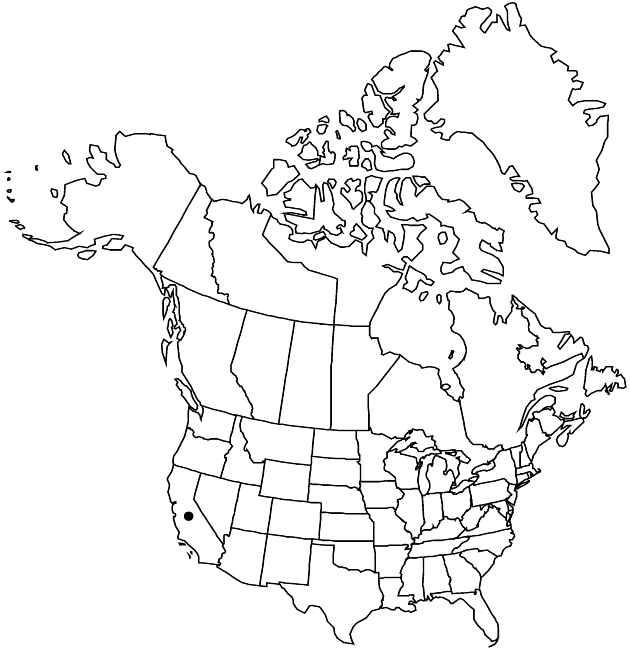Isocoma menziesii var. diabolica
Phytologia 70: 96. 1991.
Revision as of 00:27, 27 July 2019 by FNA>Volume Importer
Stems strictly erect; herbage glabrous, usually stipitate-glandular, densely viscid, sometimes eglandular. Leaf blades obovate to narrowly oblanceolate or narrowly elliptic-oblanceolate, 20–40 × 4–10 mm, not thick-fleshy, margins of at least the proximal shallowly serrate. Heads in corymbiform arrays. Corollas 6–7 mm. Cypselae (3.8–)4.5–5 mm.
Phenology: Flowering Aug–Oct.
Habitat: Open slopes and cliffs, mostly in foothill woodlands
Elevation: 10–400 m
Discussion
Known only from San Benito and Santa Clara counties, var. diabolica occurs in primarily inland, montane habitats. Var. diabolica differs from var. vernonioides in its resinous, usually densely stipitate-glandular vestiture (villous hairs lacking or sparse along the stems), consistently reduced, somewhat bractlike distal cauline leaves, and longer corollas and cypselae.
Selected References
None.
Lower Taxa
None.
